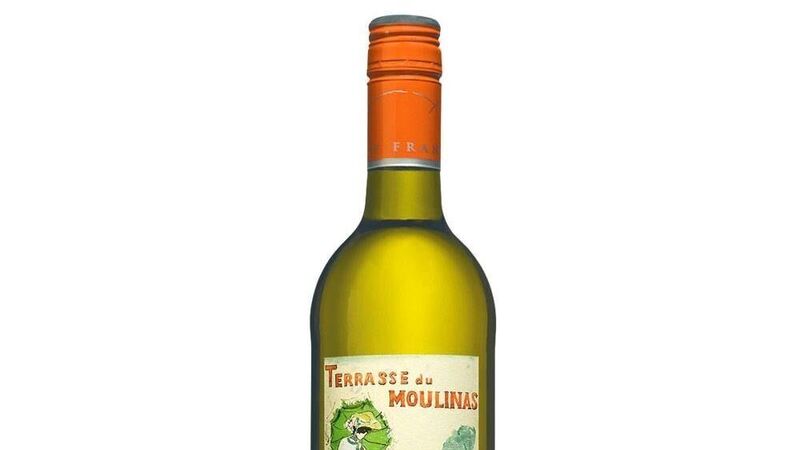Wine: Terrasse du Moulinas Blanc, Pays d’Oc, France — €10.99

In the past two decades wine quality at all levels has improved substantially, but the type of wine the world drinks has changed utterly. The pace of change has been steady and is continuing and it is arguable whether this is for good or ill. Recently published research on what grapes are planted where, and in what quantities, makes fascinating (if rather nerdy) reading. You can download the study for free from the University of Adelaide’s website: www.adelaide.edu/wineecon/databases
The world’s vineyard area is shrinking (down by around 8% over the last decade) and just eight grape varieties account for over half the world’s wine (the figure was 21 at the turn of the millennium).
Cabernet Sauvignon is now the world’s most planted grape variety followed by Merlot, Airen (for Spanish Brandy), Tempranillo, Chardonnay and Syrah.
The change is mainly coming from the new world and is less evident in France and Italy due to the appellation system which dictates what grapes can be grown. However, one surprise for me is that Grenache/Garnacha is on the decline, despite its huge importance in southern France and Spain. This variety is not being planted much outside Europe and in Spain it is steadily being replaced by Tempranillo, and I am really not sure this is a good thing.
China is the other interesting story. As well as suddenly becoming a major importer of wine they are also planting furiously. There has also been a general swing towards red varieties which are up to 55% from 49% in 2000, and the white grapes in decline are not particularly good quality so this is probably a good thing.
There is a good reason Cab Sauvignon and Merlot are the world’s most planted grapes but this week I am recommending some grapes that are on the decline or less well known.
Karwig Wines Carrigaline
A blend of Grenache Blanc, Chenin Blanc, Mauzac and others Mauzac is found in the white wines of Limoux and in Gaillac in SW France. I like the fragrant lemon, pear dried apple flavours and aromas in this wine and it would work well with spicy food.
O’Donovans, Galvins, Next Door, Independents
Sad to see that Negroamaro is on the decline while Zinfandel/ Primitivo is on the way up but I suspect it will always be grown in Southern Italy, particularly in Salento peninsula in Puglia. This has good black cherry fruit with a hint of blackberry jam and good acidity to match pizza, pasta and strong flavours.
Next Door Clonakilty & Dunmanway, Deveneys Dundrum, Jus de Vine Portmarnock, La Touche Greystones
Gr¸ner Veltliner will probably always be a niche grape but is one well worth investigating. This has lovely aromas of pine needles and white pepper with a citrus undertone. This is dry and crisp but also has some weight on the palate.
O’Briens Dublin, Athlone and Cork, 1601 Kinsale, Florries Tramore, World Wide Wines Waterford
McLaren Vale near Adelaide is the Antipodean home of Grenache and also the source of many Australian GSM (Grenache Shiraz Mourvedre) wines. This has a rich and spicy red fruit character with lovely depth and concentration and a lingering smoky kick to the finish.
Vintry Rathgar, McCabes, Jus de Vine, Wine Centre Kilkenny, Kennedys Aughrim, Next Door Kilrush, Ennis and Kilkee
Barbera is the second most important grape in Piedmont after Nebbiolo (of Barolo fame) but stocks around the world are decreasing. Rich juicy wine with flavours of sweet plums and a hint of chocolate and relatively low in tannins.
Independents: Redmonds, Ranelagh,The Winery, Clonakilty, Stacks Listowel
A blend of Antao Vaz, Arinto and Roupeiro — grapes that will probably remain exclusive to Portugal. Vibrant fragrant nose with tropical fruits and citrus, a lovely limpid rich mouth-feel and a lingering slightly spicy finish.










